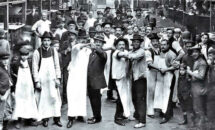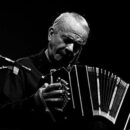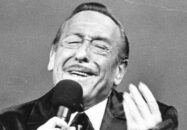Tango is a musical style that was born near the Rio de la Plata, between Argentina and Uruguay, at the end of the 19th century.

As many Latin American musics, tango is the son of a great mixture. The Rio de la Plata, reaching between Buenos Aires and Montevideo, saw the arrival of many Spaniards as well as Africans during the modern era. The mixture of these indigenous, African and Western cultures, gave us a rich heritage.
Navigating from African rhythms to European waltzes, passing through indigenous dances and songs, the music became the mother of mestizo children full of promise. This is how the Milonga and the Tango were born in this southern region of Latin America.
You can find on our website a category Tango/Waltz in which you will learn to play tangos like Nostalgias tango or Volver tango.
As always in history, mixtures, perceived as something bad from the aristocracy, were made in the lower classes of society. Thus Milonga and Tango started to walk in the poorest homes such as families of indigenous people, slaves, immigrants from the old continent, and poor workers.

In the first half of the 20th century, Tango, as a ballroom dance, began to play the upper classes and the western bourgeoisie, from Madrid to Paris. From then on, the couple dance in costume called tango, which we still know today, began to assert itself.

From the bandoneon, invented in Germany and imported by the poor immigrants arriving in Rio de la Plata, to the chic and modern dance appreciated in the Parisian salons, the Tango is also the son of the globalizing father.
Thanks to its success, the Tango continued to walk throughout the twentieth century giving us classics and masterpieces, instrumental such as the tangos of Astro Piazolla or Aníbal Troilo, or vocal such as the songs of Roberto Goyeneche or Carlos Gardel.




